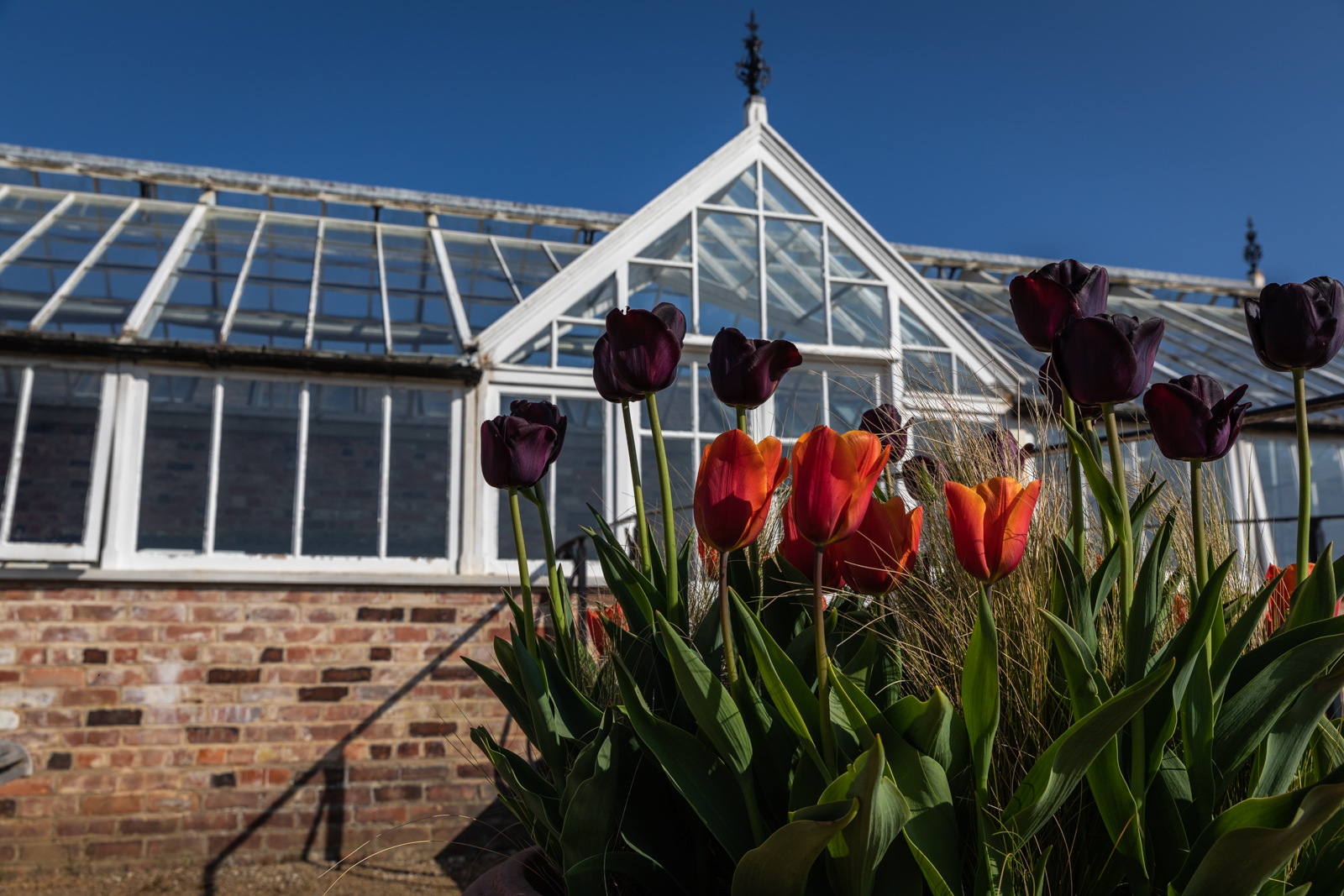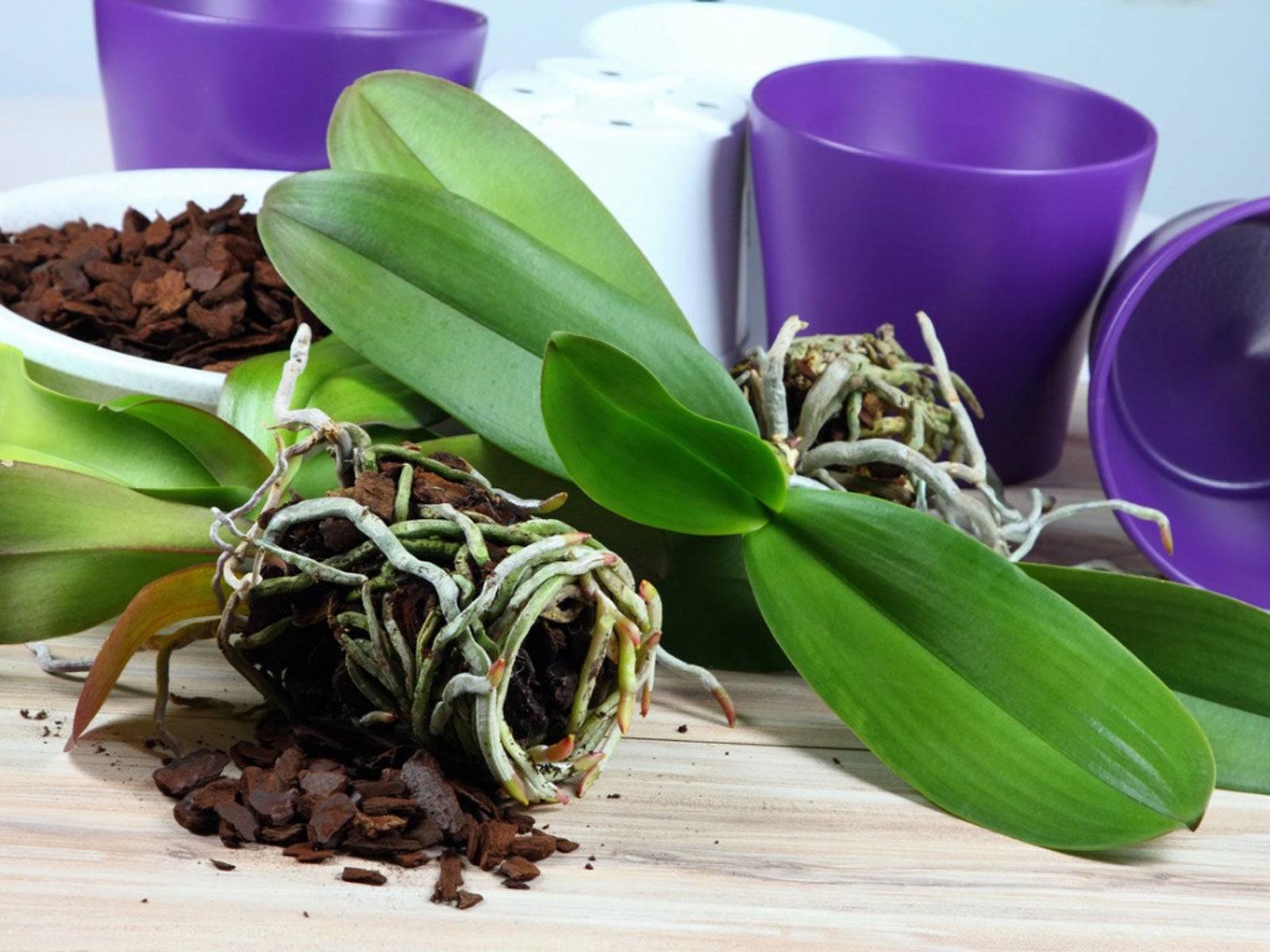Table Of Content

Most pests can be eliminated with a gentle brush of the hand, a jet of water, or spraying them with insecticidal soap. Another solution to control insect populations is neem oil, which can smother pests. Depending how they're classified, orchids do best in ranges between 50 degrees and 90 degrees Fahrenheit.
Costa Mesa police arrest San Pedro man on suspicion of arson
If you happen to water a bit too much one week, or forget them for a week or two, no worries! The best part about all Cynorkis, but especially this hybrid, is that they are easy to grow! Cynorkis like intermediate light of about 1500 – 2500 footcandles, which is typically the light coming indirectly through an east window or through a shaded south window—making them great windowsill plants.
Lake Tapps3 Model Homes
Airbnb Review: Orchid House Hoi An - One Mile at a Time
Airbnb Review: Orchid House Hoi An.
Posted: Mon, 22 Apr 2019 07:00:00 GMT [source]
Through our Orchid Conservation Program, we have developed the technology to grow large seedling populations of native orchids for the purpose of restoring native orchid populations, in our backyard and far beyond. Perhaps one of the showiest species in cultivation, Cynorkis gibbosa has a striking orange flower with purple markings, and leaves that also have purple spots. Cynorkis angustipetala is fairly common, and has tall umbels of numerous white to pale pink flowers, marked with a maroon splotch with typically purple or pink sepals. The genus Cynorkis comes from Africa, with the greatest concentration of species in Madagascar and the southeast nations. It has about 190 species, although only perhaps a dozen are known in cultivation in the United States. Here at Longwood, we have six Cynorkis species in our collection, which—while not currently on view—have begun to form the building blocks of the Cynorkis hybrids in our collection.
Gubler Mixed Orchid House Plant in 1.5-Quart Pot
Whatever you choose, our testers said the plants they received were a great match to the images online and came with detailed care instructions. While there are some delivery restrictions, especially around special dates, this service is hard to fault. Buy a suitable orchid potting mix such as Westland Orchid Potting Compost Mix and fill the new pot around ¼ full – you can skip this if you’re sticking to the same container. Then carefully tease your orchid free from its pot (you can soak the roots for 5 minutes beforehand to help or even cut the pot open in extreme circumstances). It's a good idea to train any new flower spikes with a stake and clips to keep these upright, otherwise these will lean towards the light.

Longwood Gardens Unveils a Newly Restored Orchid House, Which Houses 300 Blooms - House Beautiful
Longwood Gardens Unveils a Newly Restored Orchid House, Which Houses 300 Blooms.
Posted: Tue, 01 Mar 2022 08:00:00 GMT [source]
Any prices listed on this website are subject to change at any time. Photos or drawings are offered for illustrative purposes only and should not be solely relied upon in making a purchase. All renderings, photography and floor plans are offered as depictions only and should not be relied upon as actual plans. Square footage numbers are approximate, include outdoor room calculations and will vary depending on the standard of measurement used, actual field conditions, and other variables. Dimensions should not be used to calculate square footage, neither of which are guaranteed. Access to any other Internet site linked to this website is at the user's own risk.
The potting medium you use also affects how often you need to water your orchid; bark dries out quickly, while moss soaks up water and holds onto it for a long time. What if that genus was virtually unknown in cultivation, but was sitting right under our noses the entire time? That is precisely what we’ve discovered about the genus Cynorkis! This genus, while in cultivation for at least 100 years, has been nearly unknown, ungrown, and has been hybridized very little—but we now are actively hybridizing them here at Longwood. It’s also potentially one of the greatest windowsill orchids you can grow at home—and our first hybrid Cynorkis—Cynorkis Longwood Pink Gem—is now on view for the first time in our Orchid House for the next week, and ready to delight. Overwatering and root rot are often the cause of yellowing leaves.
The last species we have here at Longwood is a little less common, but is quite interesting. Cynorkis villosa is named for its hairy flowers that are small and cupped, but it is a fascinating and beautiful sight to behold. A member of various garden clubs, Lam has turned his home garden into a bit of a jungle in the past nine years. He’s particularly fond of Maxillaria tenuifolias, commonly called coconut orchids for the unmistakable aroma they emit. He used to do more shows, but now South Coast Plaza is one of the few places where the visiting public can see Andy’s Orchids in person.
While most are tree-dwelling epiphytes, there are also lithophytes, which are species that grow on rocks, and terrestrials or ground-dwelling orchids. There are more than 20,000 orchid species, which is more than twice the number of all bird species on earth and four times the number of all mammal species. It is thus reasonable to assume that orchids may be found almost anywhere if you take the time to look for them.
Drooping Leaves
Watering is as simple as pouring water into the potting mix, and letting any excess drain through the bottom. Just make sure you pot your orchid in a container that has a drainage hole. It's a lot more difficult to water plants in containers without drainage because the water can collect at the bottom, so if your pot doesn't have a hole (or a few), consider repotting or drilling one yourself. Orchids have long held a prominent place at Longwood, as they were a passion of our founder Pierre S.
Orchids can fall victim to all kinds of pests, each of which will require specialist treatment. Fungus gnats are small flies which tend to hover around the potting mix surface. Yellow sticky cards can trap any adults, while water treatment tablets or powder can kill any larvae. Orchids typically need water twice a week in the warmer months when the plant is actively growing and only once a week in the colder months. Use room-temperature water, and water slowly until it flows out of the pot's drainage openings.
However, the nursery will open its doors June 21 through 23 for a summer open house. Mealybugs tend to sit on and under new leaves near to the stem. These white, rounded bugs will leave a white fluffy residue around the leaves. They can be removed manually with soapy water and a sponge or paper towels. Or you can use an organic spray, such as KinderPet Natural Organic Plant Spray. This type of spray will work on other kinds of pests as well, such as spider mites and aphids.
Procure multiple-head gooseneck lamps with LED lighting through online vendors to maximize the area for growing orchids or other plants where natural light is limited. The only orchids you can reliably grow indoors – and the ones most heavily sold – are moth orchids, or Phalaenopsis, since they require less light than the vast majority of epiphytic or tree-dwelling orchids. Nevertheless, moth orchids still need hours of good ambient light in order to thrive. Two other orchid types that you may have success growing indoors are lady’s slippers (Paphiopedilum) and the sometimes fragrant corsage orchids (Cattleya).

No comments:
Post a Comment